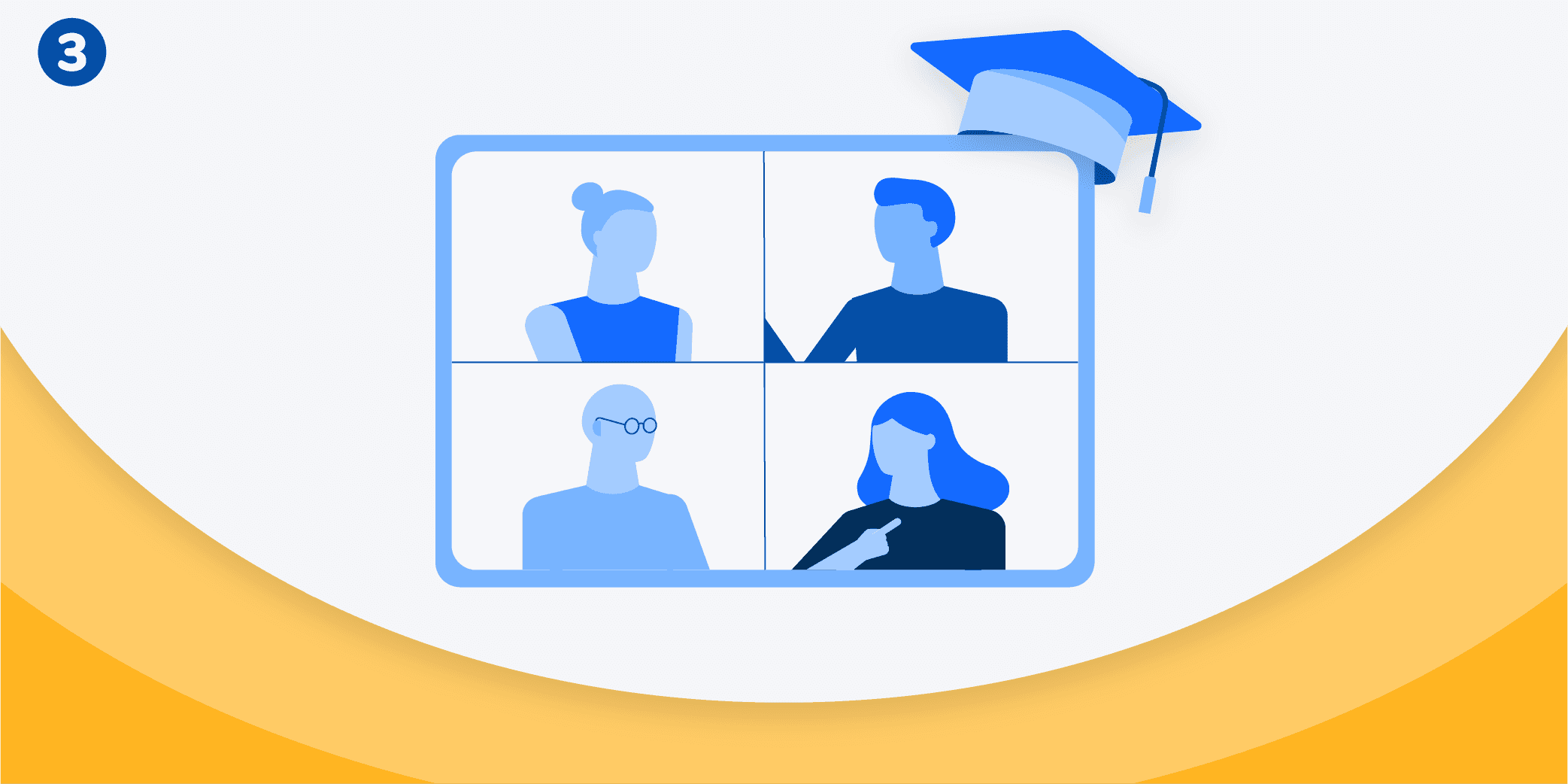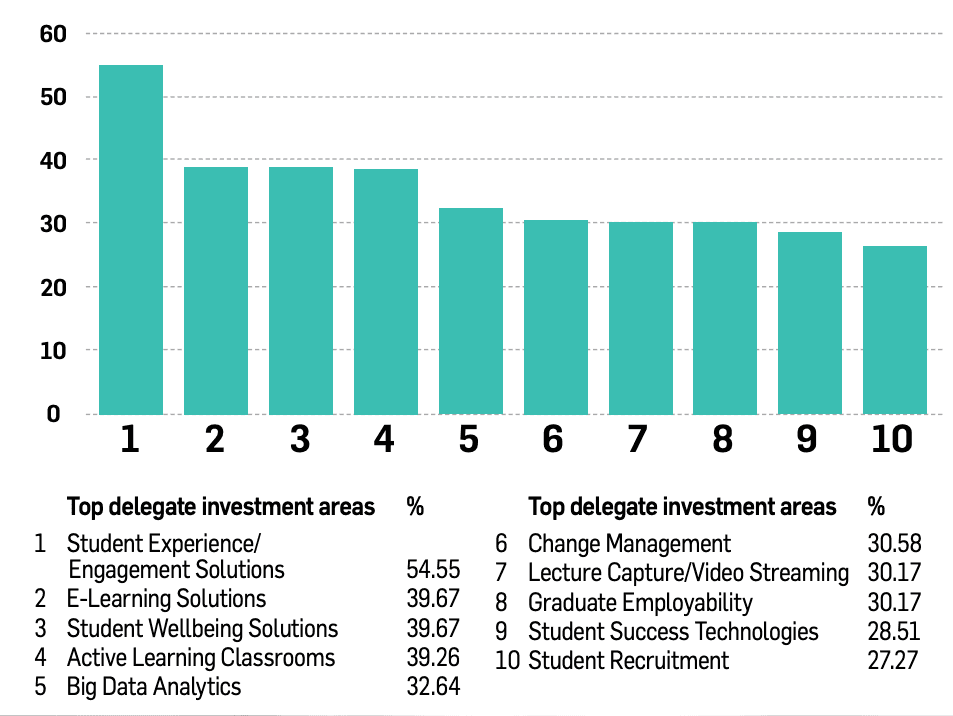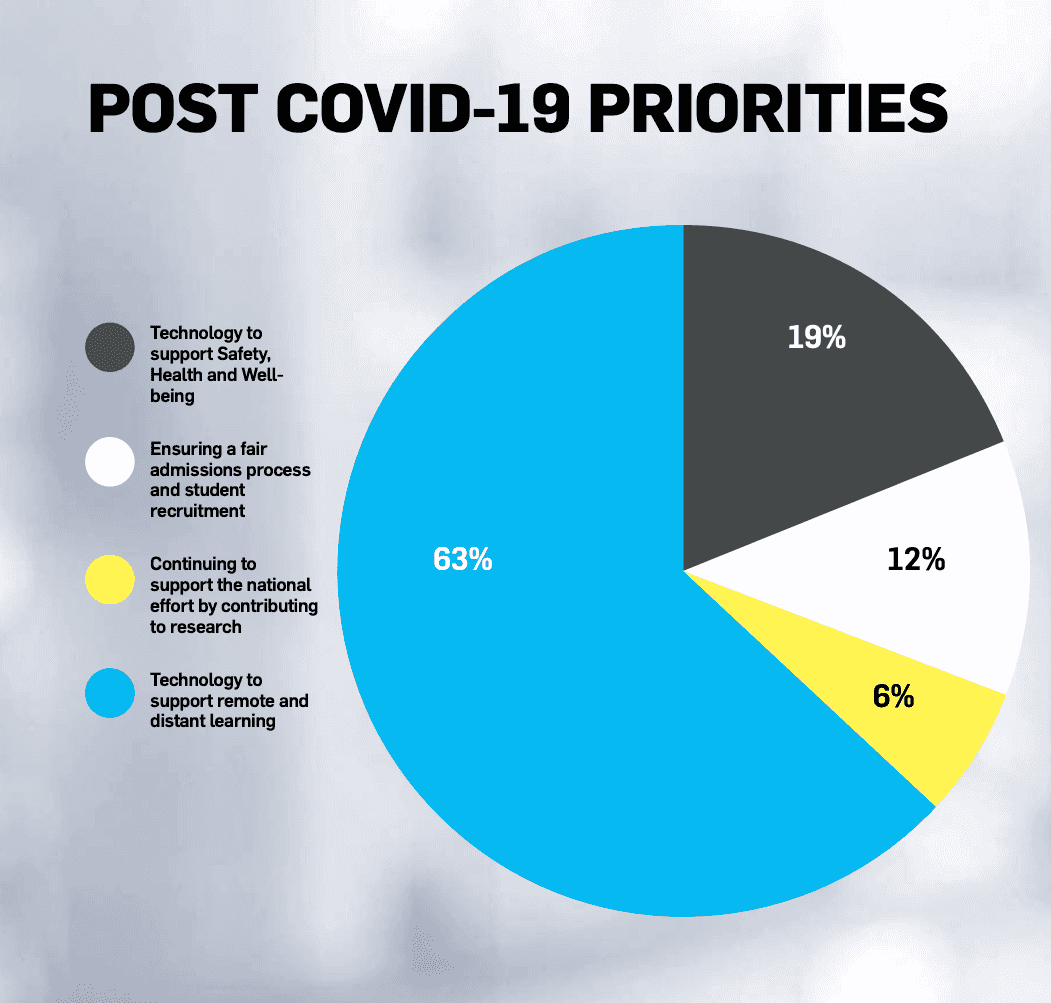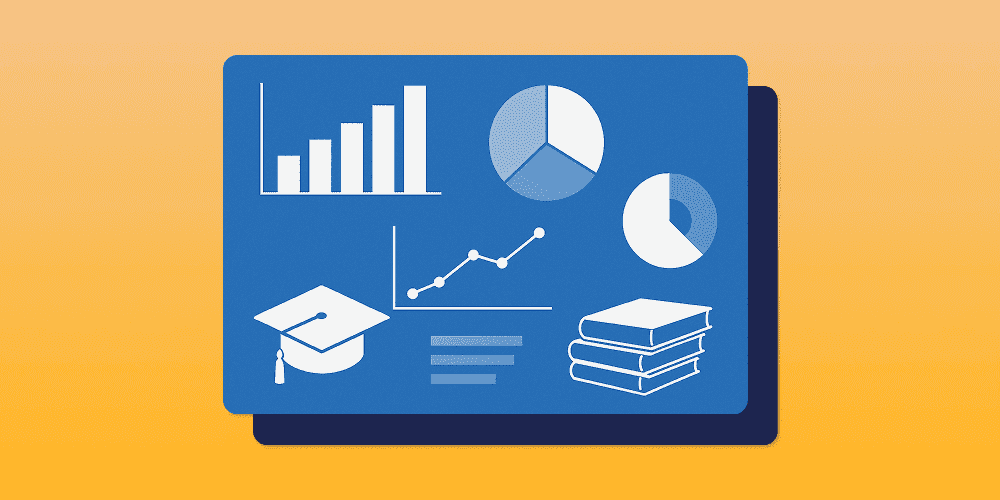
American summer tour! Wooclap will be at Anthology Together 2025
Come say hi at booth 301 from July 14th to July 16th in Las Vegas, Nevada
A look at education post COVID-19
29.01.2021 • 6 minutes

From immediate impact to long-term implications: 4 articles exploring the effects of the pandemic on the student experience: Part III
As we saw in the two previous instalments of this series, the COVID-19 pandemic has been a challenging time for students. The sudden shift to online learning caused a lot of stress, thereby affecting student well-being.
However, the crisis hasn’t only had a negative impact on students’ learning. Indeed, some have even thrived under these circumstances. Dr. Jal Mehta, professor at the Harvard Graduate School of Education, therefore asks the question: “When we reopen schools, could we do so in a way that creates different kinds of opportunities for all kinds of students — introverts and extroverts, fast processors and reflective thinkers?”.
In other words, how can schools and universities use what they have learned during the pandemic to overcome the current limitations in education? Let’s find out.
What are the priorities of higher education institutions in 2021?
To understand the issues on which universities are focusing their efforts and investments, the Education Strategy Forum conducted a survey with the leaders of UK higher education institutions. Three major investment areas stood out:
- “Transformed learning (increased investment in e-learning solutions and active learning classrooms),
- Student experience and engagement,
- And student wellbeing.”

Investment areas of UK higher education institutions. Image from https://analytics.ahmediauk.com.
To maintain the quality of students’ education in an online setting, universities are investing heavily in solutions that improve their experience and level of engagement. As their investments suggest, higher education institutions have identified “technology to support remote and distant learning” as their highest post Covid-19 priority, indicating that the changes that have taken place in the way courses are taught will most certainly influence how we teach and learn once the pandemic ends.
In other words, online and remote learning will play an increasingly big role in the digital strategies of higher education institutions.

Post-Covid-19 priorities. Image from https://analytics.ahmediauk.com
Will this affect access to higher education?
The pandemic has forced learning environments to change, and higher education has an opportunity to change with them. With the right blend of technology and pedagogy, universities can enhance the quality of education for all their students. By combining physical and digital learning models with the right EdTech tools, schools can offer students a learning experience they can tailor to their individual preferences, strengths and weaknesses, and extracurricular activities.
Of course, some obstacles remain, such as access to digital learning for low-income students. According to a report by the UK’s House of Commons, “students from disadvantaged backgrounds face particular challenges accessing online teaching”. In fact, multiple studies have found socioeconomic gaps in access to distance learning, depending on students’ internet connection, living conditions and domestic duties.
Similarly, when faced with the financial consequences of the pandemic, many low-income students have dropped out of college or chosen not to enrol at all. Typically, more people enrol in times of economic turmoil, because jobs are scarce and people focus on training, but American colleges have been experiencing a drop in enrolment during COVID-19. Community colleges have been hit particularly hard, and some colleges have even reduced their tuition fees in an attempt to attract students.
Despite these challenges - or rather, because of them - schools must move from a one-size-fits-all approach to a more personalised learning experience, which can be tailored to each student’s unique situation. This will require technology, of course, but also educators trained to leverage digital tools to complement their learning design. Finally, as universities move towards more blended learning models, it is imperative that they consider universal access to digital devices and internet access to be of paramount importance.
How will this change the student experience?
The post COVID-19 student experience will be a blend of digital and face-to-face learning, combined with EdTech tools to enhance their learning. Not only is that a good thing, it is a necessary thing: “the changes demanded by COVID-19 have merely served to highlight the need for a far more strategic approach to digital learning”, says Dr Philippa Hardman, VP of Learning at Aula, a Learning Experience Platform for higher education institutions.
After all, a hybrid learning model merely mirrors daily life: we juggle physical interactions and our online presence all the time. Why should education be any different? With the right technology and approach to learning design, physical and digital learning can be combined to improve the quality of the student learning experience.
Speaking of students, they should welcome hybrid learning. Why? Because it allows for more flexibility and personalisation. Hybrid learning combines the best of physical and digital learning, and allows the learners to choose for themselves. It gives them more freedom and flexibility, increases their interactions with teachers and peers, provides more personal support, promotes student discipline and focus, and offers curricula adapted to their needs.
By blending traditional and digital learning with the right technological solutions, universities can offer learners the optimal student experience, from their application to the day they graduate.
What to do after graduation?
There will come a day when students can return to their institution’s library and lecture halls, even if no one can yet tell us when that will be. There, they will find the same halls and people, but a vastly different experience, one that gives them the freedom to choose how they learn best, and has the flexibility to adapt to each individual learner.
What of those who won’t be returning to university, but have since joined the workforce? How will the pandemic affect their journey after graduation?
Those are questions for the next - and final - instalment of this series on the student experience.
Make sure to follow us on social media, and subscribe to our newsletter so you don’t miss out on any new content!
Writer

Gauthier Lebbe
Content Editor @Wooclap. I love to write, learn, write about learning, and learn about writing. And hit readers with puns they don't see coming. You know, sucker puns.
A monthly summary of our product updates and our latest published content, directly in your inbox.



